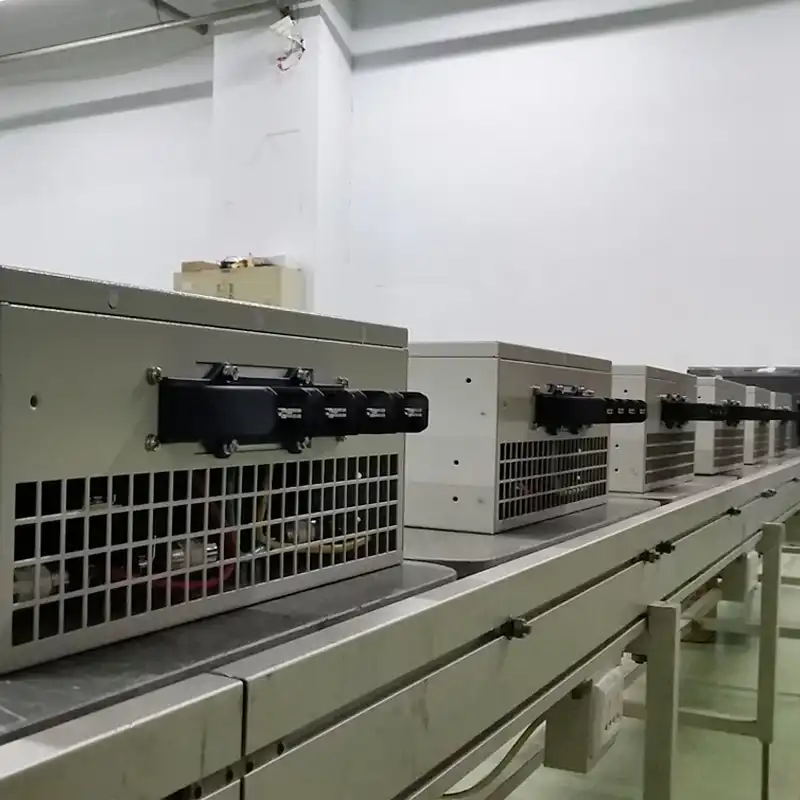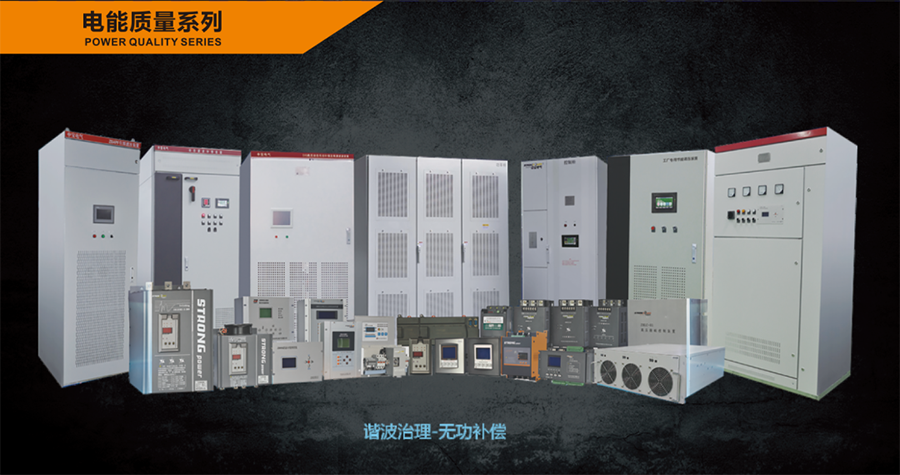How can you boost power quality and dependability?
Power quality and dependability are critical components of any power system because they influence the performance, safety, and efficiency of electrical equipment and systems. Voltage fluctuations, harmonics, transients, and other disturbances caused by poor power quality can damage or disrupt sensitive loads such as computers, medical equipment, and industrial machinery. Power outages, blackouts, brownouts, and other disruptions caused by poor power dependability can have major economic and social consequences. Improving power quality and dependability is thus a critical task and opportunity for power engineers.

Measure and monitor
The first step in improving power quality and dependability is to monitor and measure your power system’s metrics and indicators, such as voltage, current, frequency, power factor, harmonics, and interruptions. You may gather and evaluate data on the performance and condition of your power system by utilizing appropriate devices such as power analyzers, power meters, power quality monitors, and smart meters. This can assist you in identifying and diagnosing the causes and consequences of power quality and reliability issues such as faults, overloads, sags, swells, flickers, and surges. Monitoring and measuring may also assist you in optimizing the operation and maintenance of your power system by recognizing and preventing future problems, increasing efficiency and safety, and decreasing costs and losses.
Solution implementation
The second phase in improving power quality and reliability is to put in place solutions that can reduce or eliminate the causes and effects of power quality and reliability problems. Filters, capacitors, reactors, regulators, transformers, uninterruptible power supply (UPS), generators, and energy storage devices can all be used depending on the type and severity of the problems. These solutions can assist you in improving the voltage and current waveforms, reducing harmonics and distortions, regulating voltage and frequency, correcting power factor, protecting sensitive loads, and providing backup power in the event of an outage. Implementing solutions can also help you improve your power system’s flexibility and resilience by allowing you to combine renewable energy sources, distributed generation, microgrids, and smart grids.
Standards and norms must be followed.
The third stage in improving power quality and dependability is to adhere to standards and guidelines that give specifications, requirements, and suggestions for building, installing, operating, and maintaining your power system. You may guarantee that your power system fulfills the expectations and demands of your customers, regulators, and stakeholders, as well as the technical and legal elements of your industry and market, by adhering to standards and guidelines. IEEE standards for power quality, ANSI standards for power dependability, IEC standards for power system protection, and NERC standards for power system security are some of the standards and recommendations you can follow.
Compare and improve
By benchmarking and upgrading your power system, you can analyze and quantify the advantages and impacts of your power quality and reliability activities, such as increased efficiency, safety, and customer satisfaction, as well as cost, loss, and risk reduction. You may also use the continuous improvement cycle of plan, do, check, and act to identify and prioritize issues and opportunities for future development.
Adapt and innovate
The sixth phase in improving power quality and dependability is to innovate and adapt your power system to changing consumer, regulator, and stakeholder needs, as well as developing industry and market trends and problems. By innovating and adapting your power system, you can capitalize on the potential and opportunities presented by new technologies such as artificial intelligence, machine learning, big data, cloud computing, and the internet of things to improve the monitoring, measurement, analysis, diagnosis, solution, and prevention of power quality and reliability issues. You may also adapt to and adjust to your power system’s shifting situations and conditions, such as the integration of renewable energy sources, distributed generation, microgrids, and smart grids, which might alter power quality and reliability metrics and indicators.




